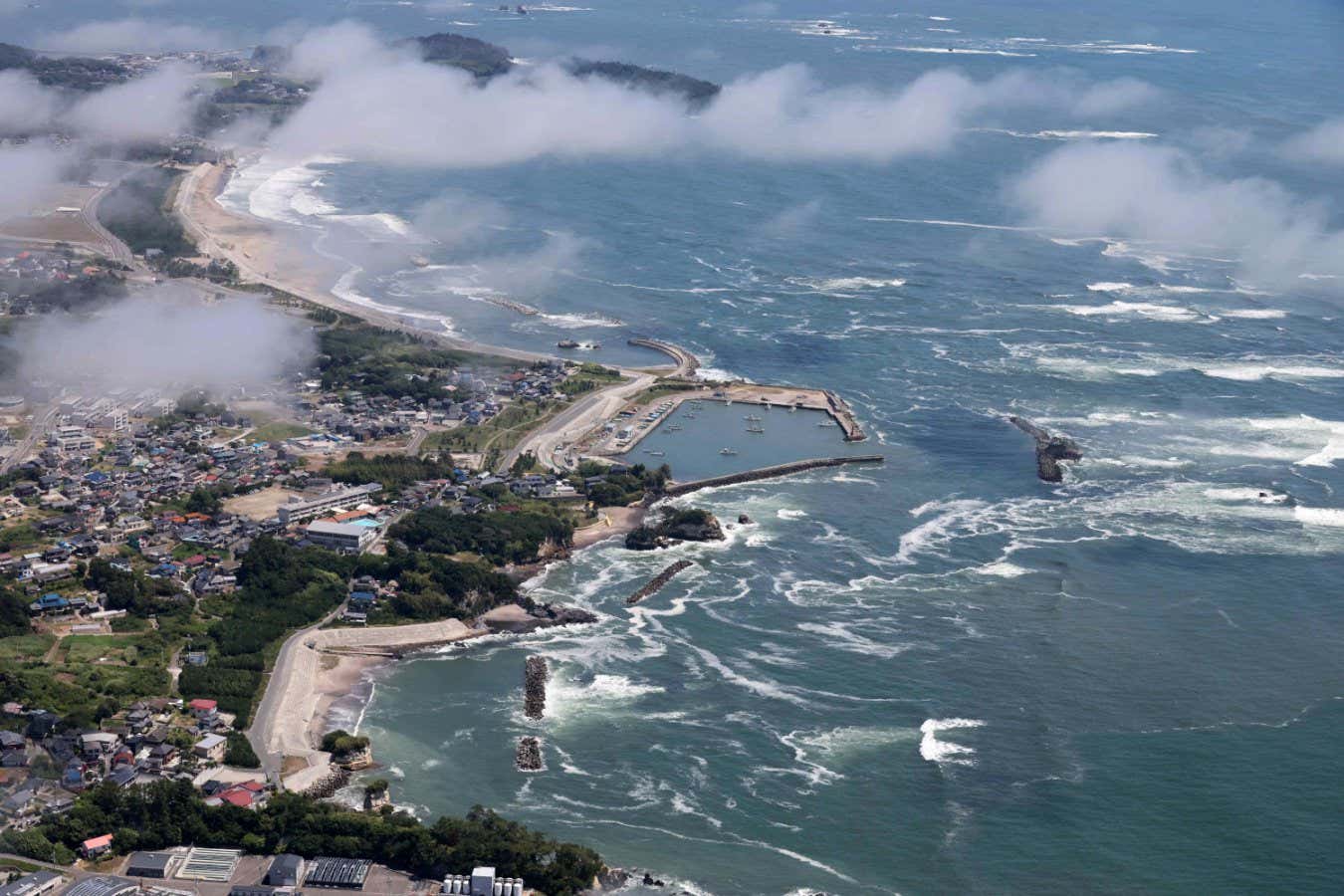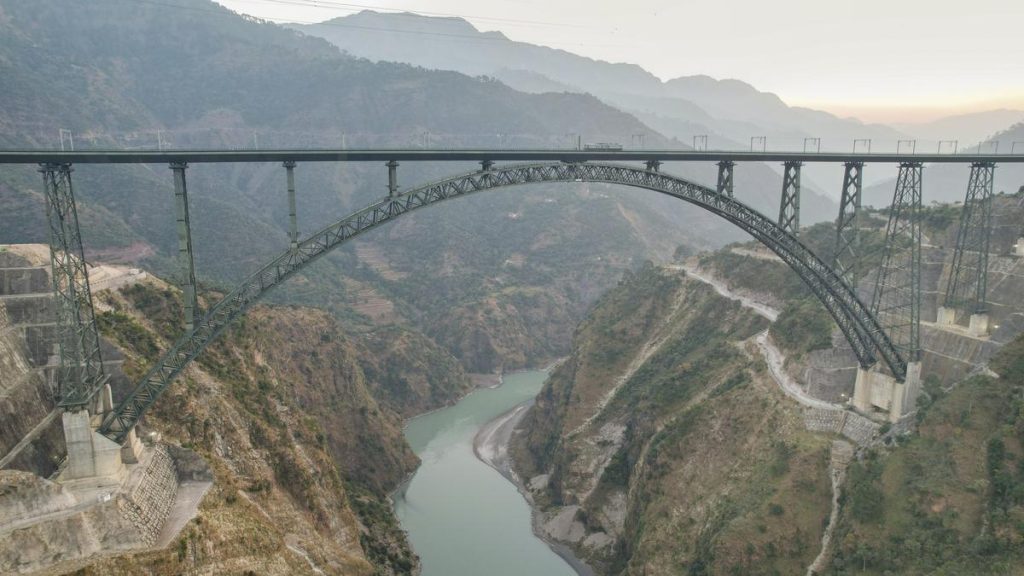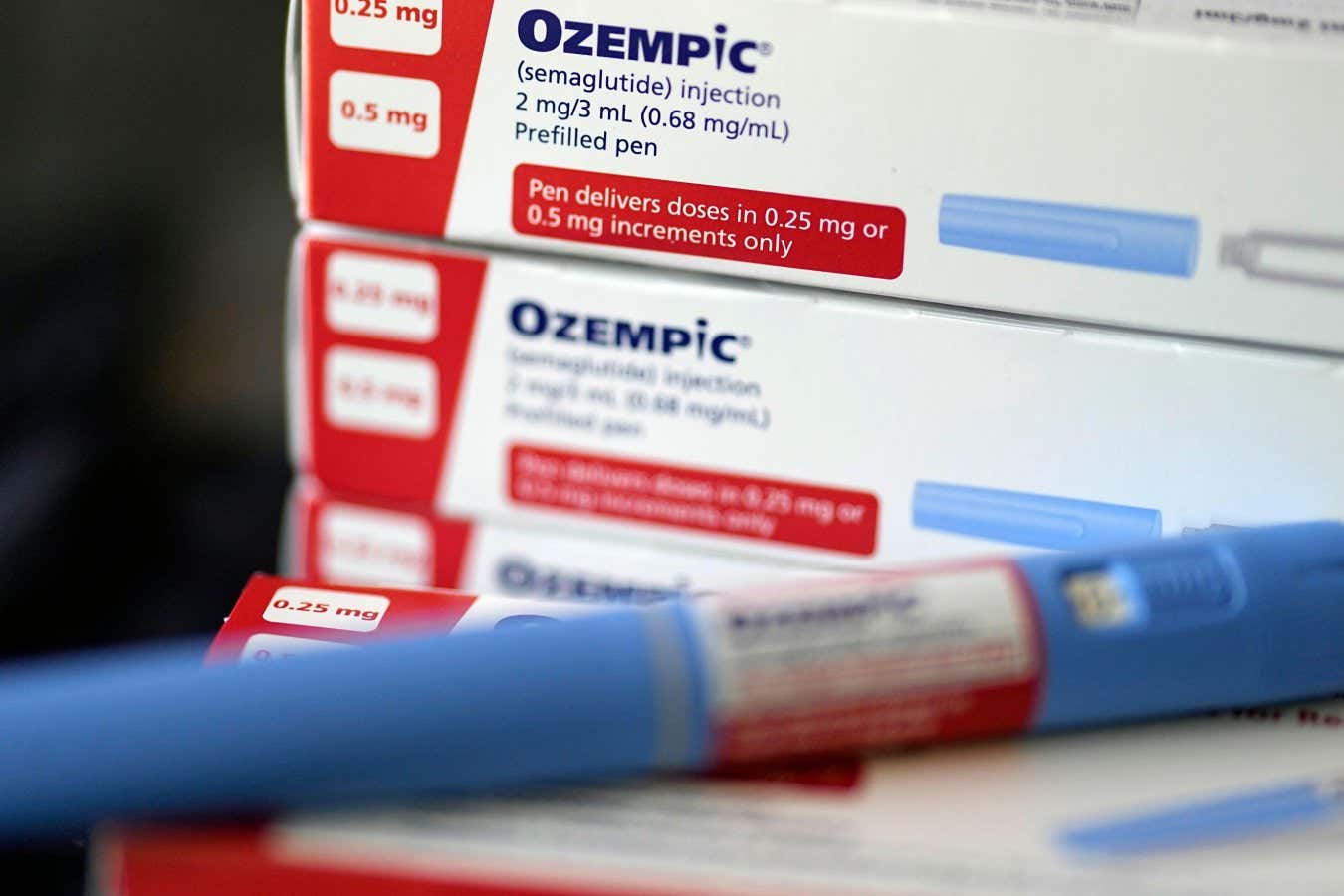Now Reading: Kamchatka Quake Highlights Progress in Tsunami Warnings
-
01
Kamchatka Quake Highlights Progress in Tsunami Warnings
Kamchatka Quake Highlights Progress in Tsunami Warnings

Swift Summary
- On 29 July, a powerful 8.8 magnitude earthquake occurred off the coast of Russia’s Kamchatka peninsula.
- Rapid tsunami warnings ensured the evacuation of millions across regions including Japan,Hawai’i,the US West Coast,and Chile.
- Despite fears of large waves, the eventual tsunami did not cause major flooding.
- Advances in tsunami detection have improved warnings substantially:
– A network of seismometers and buoys monitors shaking and wave height.
– Data is relayed to satellites wiht models projecting wave arrival times and locations in real-time scenarios.
- Experts praised quick reactions but noted a need for improved forecasting methods to predict flooding more precisely.
- Vulnerable regions such as Bangladesh and Sri Lanka continue to lack adequate warning systems and public preparedness measures.
!campaign=RSS%7CNSNS&utmsource=NSNS&utmmedium=RSS&utm_content=home”>Read More
indian Opinion analysis
India, with an extensive coastline vulnerable to tsunamis originating from neighboring seismic zones like the Sunda Trench or distant events across oceans, has much to learn from advancements highlighted in this report. investments in sensor networks combined with predictive modeling are essential for enhancing Indian coastal safety.
While advanced technology plays a pivotal role in predicting tsunamis early on-similar to systems implemented globally-the emphasis on community preparedness deserves equal attention. Mock drills alongside robust public communication channels can be critical components that reduce casualties during emergencies. Furthermore, gaps identified globally (e.g., inadequate systems in countries like Bangladesh) resonate closely with parts of India still lacking resources for disaster mitigation.
Strengthening India’s tsunami alert framework could involve upgrading buoy networks under projects like INCOIS (Indian National Center for Ocean Details Services) while promoting education through ground-level efforts addressing vulnerable local populations along coasts such as Tamil Nadu or odisha.
This event serves as a reminder that even technologically advanced countries encounter limitations when forecasting flood levels precisely after earthquakes-a challenge india faces uniquely given high population density near some coastal areas. Integrating lessons from global successes can contribute toward mitigating future risks effectively without reliance solely on reactive measures post-disaster.


























